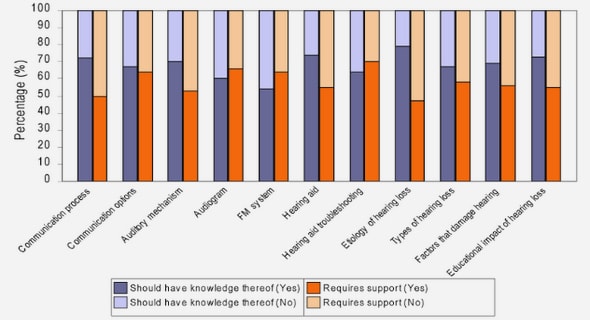(Downloads - 0)
For more info about our services contact : help@bestpfe.com
Table of contents
1 Introduction
1.1 Background
1.2 Problem Formulation
1.3 Presentation of purpose statement and research question
1.4 Delimitations
1.5 Interested parties
1.6 Definition of key concepts
2 Methodology
2.1 Research strategy
2.1.1 Relation between theory and research
2.1.2 Qualitative or quantitative stance on data
2.1.3 Choice of Research Strategy
2.2 Research design
2.2.1 Case studies
2.2.2 Choice of research design
2.3 Research method
2.3.1 Setting-up the case study
2.3.2 Literature survey methodology
2.3.3 Data collection methods
2.3.4 Choice of data collection method
2.4 Analysis model
2.4.1 Literature perspective
2.4.2 Thesis perspective
2.4.3 Company perspective
2.5 Evaluation of the choice of method
2.5.1 Method evaluation techniques
2.5.2 Reliability and validity discussion
3 Theoretical Framework
3.1 IT Maturity
3.1.1 Strategic Context and Patterns of IT Infrastructure Capability
3.1.2 Information Technology Architecture Capability Maturity Model (IT ACMM)
3.1.3 Level of infrastructure homogeneity
3.1.4 IT Maturity model for IT Maturity based on the literature review
3.2 Process Maturity
3.2.1 Process maturity discussion
3.2.2 Process maturity model based on the literature review
3.3 Cultural Maturity
3.3.1 Readiness for change
3.3.2 Organizational attitudes
3.3.3 Cultural maturity model based on the literature review
3.4 Business Governance Maturity
3.4.1 Change management maturity
3.4.2 Knowledge management
3.4.3 Service level agreements
3.4.4 Business metrics
3.4.5 Strategic alignment
3.4.6 Strategic planning
3.4.7 Project management
3.4.8 Business Governance Maturity Model based on literature reviews
3.5 Customer maturity model based on the literature review
4 Empirical Data
4.1 General feedback from the interviews
4.2 IT
4.3 Process
4.4 Business governance maturity
4.5 Culture
5 Analysis
5.1 IT
5.1.1 IT capability
5.1.2 IT architecture
5.1.3 IS/IT homogeneity
5.2 Process
5.2.1 Business process maturity
5.2.2 Business process management maturity
5.3 Culture
5.3.1 Organizational attitudes
5.3.2 Change readiness
5.3.3 Employee background and Skills
5.4 Business governance
5.4.1 Change management
5.4.2 Business management
5.4.3 Project management
5.4.4 Knowledge management maturity
5.4.5 Business strategy
5.5 Customer Maturity Analysis Model
5.6 Customer maturity analysis model structure analysis
5.6.1 Alternative #1: CMAT based on integrated culture
5.6.2 Integrated Customer Maturity Analysis Model
5.6.3 Alternative #2: CMAT based on culture as a separate perspective
6 Conclusion and Reflections
6.1 Conclusions
6.2 Main contributions of this thesis
6.3 Implications and propositions for future research
6.4 Reflection on choice and quality of theory
6.5 Reflection on practice and analytical work
6.6 Reflection on the CMAT and conclusion
7 References



